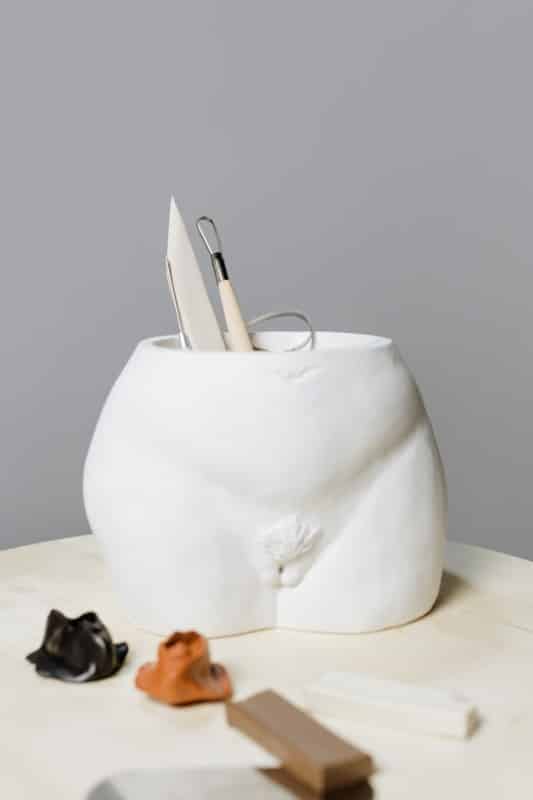Chronic bloating. Lower back pain. Fatigue that lingers even after rest. These are symptoms […]

A mediolateral episiotomy is a cut made by a sterile scissors in your vagina when your baby’s head is about to be delivered. This cut is made downwards and diagonally away from your anus. This has a few aims:
If your baby is very large, or your pushing is very fast and strong, or you have a short perineum (distance of your tissue between your vagina and anus), an episiotomy may not be able to protect you completely from having multiple tears or a third/fourth degree tear (although it does reduce your risks of having these).
A clean cut is more easily repaired and heals better. Majority of first time mothers will experience vaginal tears if an episiotomy is not performed, hence it is generally recommended if you are delivering your first baby.
Other instances that episiotomy is required include:
Do discuss this with your gynaecologist. To reduce your risk of vaginal tears, you may attempt perineal massage. This is where you stretch your perineum with your fingers regularly to prepare for the stretching at childbirth.
Your episiotomy will be stitched with dissolvable sutures i.e. there is no need for stitch removal. You will be given painkillers after delivery, which you should take regularly at least for the first few days. Sitting on doughnut cushions and using warm salt baths may help. You should move about normally.
Keeping your episiotomy clean and dry is key – change your sanitary pads regularly and remember to wash daily and gently pad the area dry with clean towels before wearing your underwear. The wound typically heals well, and will be checked by your gynaecologist during your follow-up clinic visit.You will need to do your Kegel (pelvic floor) exercises to strengthen your muscles as they will be weakened after the delivery. Initially you may feel that you have little sensation “down below”, but as you continue doing your exercise, this will improve.
Chronic bloating. Lower back pain. Fatigue that lingers even after rest. These are symptoms […]
Many women live with Polycystic Ovary Syndrome (PCOS) without realising fact from fiction. This […]
Within the realm of women’s health, the terms “fibroids” and “cysts” are often mentioned […]





Aster Gynaecology © | All Rights Reserved.